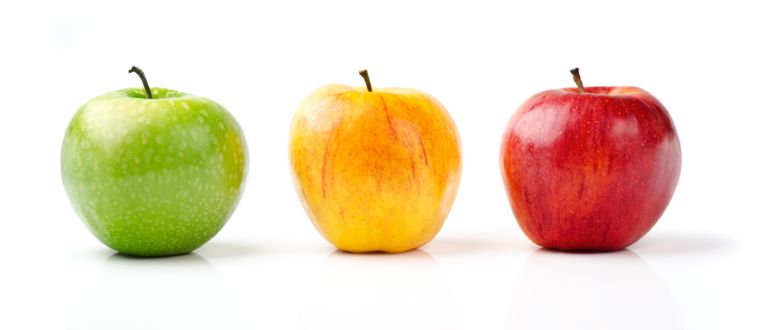Directions: Fill in the boxes using the whole numbers 1 through 6 to make the largest (or smallest) possible number. Use each digit at most once.
Who ever said that there is only one way to get the answer in a math problem?
OK...(unfortunately) lots of people say this. But, guess what, the best math questions don't have just one way to be solved. Because the best math problems don't have the simplistic goal of merely following the steps you are told to follow and getting an answer. The best math problems have much broader goals: Thinking, Reasoning, Problem Solving, Perseverance
I've recently been introduced to a great source of these math problems called Open Middle. Open Middle math problems start the same and end the same (with one particular correct answer), but they have an "open middle"; there are many ways to approach and to ultimately solve the problem. The above problem is a sample of an Open Middle problem.
 Open Middle has math problems for grades Kindergarten to high school mathematics. They are great for getting students to use recently learned math in novel ways. And when students have a chance to talk about the way they went about solving the problem, they gain an ever stronger grasp of the mathematics by hearing from their peers--a strategy known as Number Talks.
Open Middle has math problems for grades Kindergarten to high school mathematics. They are great for getting students to use recently learned math in novel ways. And when students have a chance to talk about the way they went about solving the problem, they gain an ever stronger grasp of the mathematics by hearing from their peers--a strategy known as Number Talks.
Students learn that it is OK to think about solutions differently. One student may have a very complicated solution that makes sense to her. Another may have a clever solution that no one ever thought of--not even the teacher! Learning from each other is a great way to experience math and to understand that math is vibrant and alive with many possibilities.
Students may think of Open Middle problems as puzzles, but listen to the math vocabulary that they use when the work on their solutions. Students who are bored with the typical math class are excited to spend lots of time working on Open Middle problems because they are relatively easy to start. Every attempt at an Open Middle problem helps students to learn what to do and (perhaps) what not to do. They don't view wrong answers as failures but instead as a closer step toward the final answer.
Directions: Using the whole numbers 1 through 9 no more than once, create 3 equivalent fractions.

Thanks for the blog
ReplyDeleteabacus for maths
mental math program
abacus for kids
mental math
abacus for math
Great article brother. If you want to solve the any math problem quickly then you can visit the mean median mode calculator .
ReplyDeleteHey Nice Blog!!! Thank you for sharing information. Wonderful blog & good post. Its really helpful for me, waiting for a more new post. Keep Blogging!
ReplyDeleteMath Tutoring Eastcobb
Math and Critical Thinking
Writing Program for Kids
Learn English Online
Enopi Eye Level Near Me